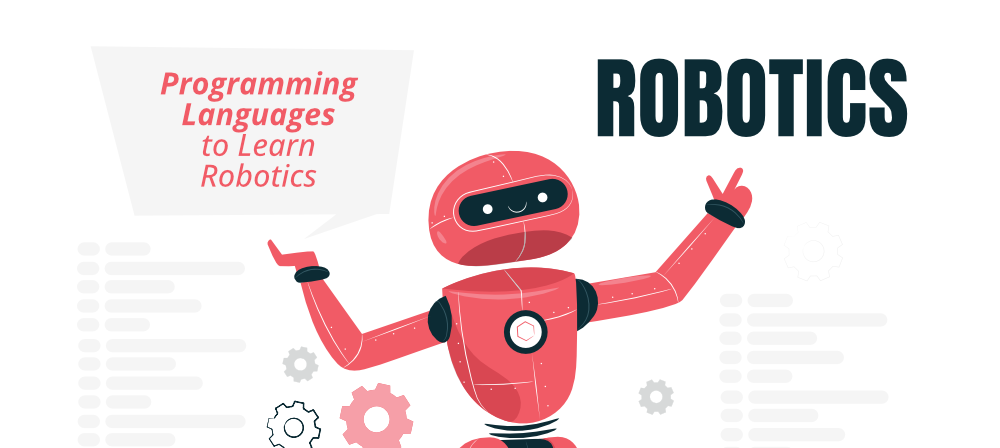
Robots are becoming increasingly popular in today’s world, with the rise of automation in various fields. From factory floors to hospitals, robots are making our lives easier and more efficient. But how exactly are they programmed to perform their various tasks? In this article, we’ll take a deep dive into the world of robot programming, exploring the various techniques and technologies used to bring these machines to life.
What Is Robot Programming?
Robot programming is the act of creating instructions that enable a robot to perform a specific task. These instructions are typically written in a programming language that is understood by the robot’s control system. The programming process involves defining the desired behavior of the robot, breaking it down into smaller, more manageable tasks, and then implementing those tasks using code.
Types of Robot Programming
There are several types of robot programming techniques used today. These include:
1. Teach Pendant Programming
This is a type of programming where a human operator physically guides the robot through its motions. The operator uses a handheld device called a teach pendant to control the robot’s movements and record them as a series of instructions. This type of programming is often used for tasks that require a high level of precision or that involve complex movements.
2. Offline Programming
Offline programming involves writing code for a robot without physically interacting with it. This is done using a computer-aided design (CAD) or computer-aided manufacturing (CAM) software, which allows the programmer to simulate the robot’s movements and test their code without risking damage to the robot or its surroundings.
3. Scripting
Scripting involves writing code that is executed by the robot’s control system. This type of programming is often used for simple tasks or for tasks that require a high degree of customization.
4. Artificial Intelligence (AI)
AI involves programming robots to learn from their environment and adapt their behavior accordingly. This type of programming is often used for tasks that require a high degree of flexibility or that involve interacting with humans.
Technologies Used in Robot Programming
Robot programming involves the use of several technologies to bring the robot to life. These include:
1. Control Systems
A robot’s control system is responsible for managing its movements and actions. This system is typically made up of hardware and software components, including sensors, actuators, and a computer that runs the robot’s control software.
2. Sensors
Sensors are used to gather information about the robot’s environment, such as its position, orientation, and proximity to obstacles. This information is used by the robot’s control system to make decisions about how to move and act.
3. Actuators
Actuators are devices that convert electrical signals from the robot’s control system into physical movements. These include motors, solenoids, and hydraulic or pneumatic systems.
4. Programming Languages
Programming languages are used to write the code that controls the robot’s movements and actions. These include languages such as C++, Python, and Java.
Challenges in Robot Programming
Robot programming is not without its challenges. Some of the most common challenges include:
1. Complexity
Robot programming can be incredibly complex, especially for robots that are designed to perform sophisticated tasks. Writing code that can accommodate all of the variables involved in these tasks can be a daunting task.
2. Safety
Robot programming also involves ensuring that the robot operates safely in its environment. This requires careful consideration of factors such as collision detection, obstacle avoidance, and emergency stop mechanisms.
3. Maintenance
Maintaining a robot’s programming can be a challenge, especially as the robot ages and its components wear out. This requires regular updates and maintenance of the robot’s software and hardware.
Conclusion
Robot programming is a complex and fascinating field that is becoming increasingly important in today’s world. From manufacturing to healthcare, robots are changing the way we live and work. By understanding the various techniques and technologies used in robot programming, we can better appreciate the incredible machines that are transforming our world.

👤 About the Author
Ashwani is passionate about DevOps, DevSecOps, SRE, MLOps, and AiOps, with a strong drive to simplify and scale modern IT operations. Through continuous learning and sharing, Ashwani helps organizations and engineers adopt best practices for automation, security, reliability, and AI-driven operations.
🌐 Connect & Follow:
- Website: WizBrand.com
- Facebook: facebook.com/DevOpsSchool
- X (Twitter): x.com/DevOpsSchools
- LinkedIn: linkedin.com/company/devopsschool
- YouTube: youtube.com/@TheDevOpsSchool
- Instagram: instagram.com/devopsschool
- Quora: devopsschool.quora.com
- Email– contact@devopsschool.com

